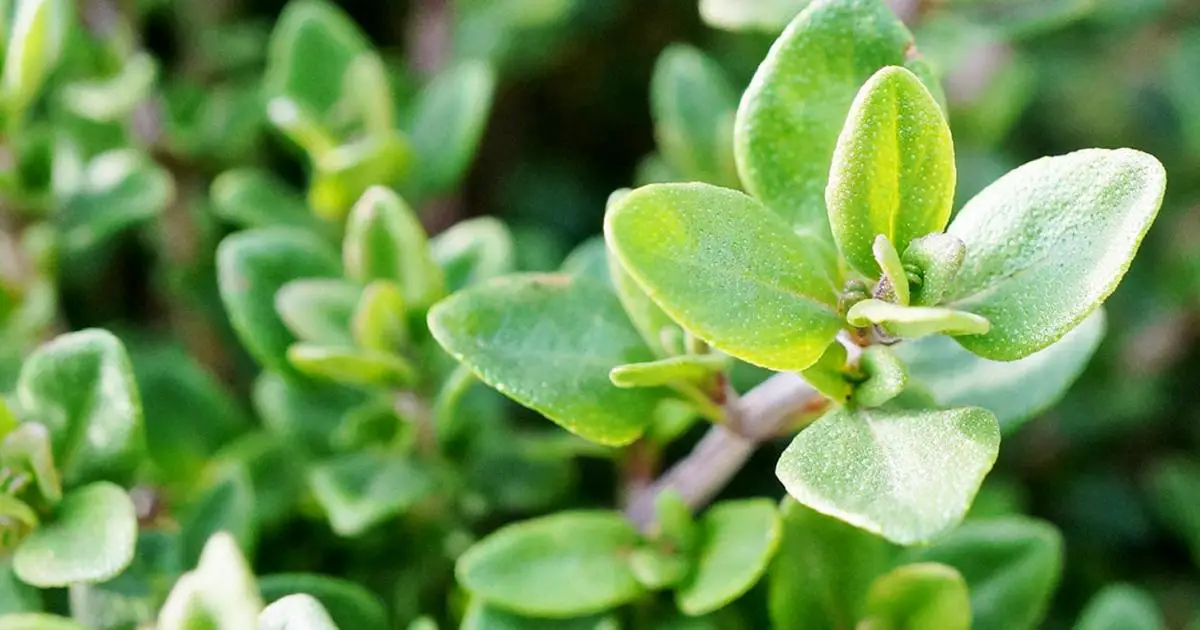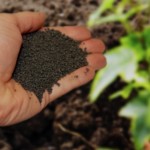Thyme, with its fragrant leaves and versatile culinary uses, is a delightful addition to any herb garden or indoor pot. Proper watering is essential to ensure the health and vigor of your thyme plant. In this guide, we will explore the key factors that influence thyme’s watering needs and provide you with practical tips on how often to water thyme for optimal growth and flavor.
Understanding Thyme’s Watering Needs
Thyme is a hardy herb that thrives in well-draining soil and prefers drier conditions compared to many other plants. Overwatering can lead to root rot and other issues, so it’s important to strike the right balance between providing enough moisture and allowing the soil to dry out.
Factors Influencing Thyme’s Watering Frequency
1. Soil Type:
Well-draining soil is crucial for thyme. Sandy or loamy soil helps prevent water from pooling around the roots, reducing the risk of overwatering.
2. Container vs. Ground:
Thyme grown in containers may require more frequent watering than thyme planted directly in the ground due to the limited soil volume in containers.
3. Climate and Weather:
Hot and dry climates may necessitate more frequent watering, while cooler and more humid conditions may allow for longer intervals between waterings.
4. Stage of Growth:
Young thyme plants generally require more frequent watering until they establish their root systems. Mature thyme plants are more drought-tolerant.
How Often to Water Thyme
Establishment Phase (First 4-6 Weeks): During the initial growth period, water your thyme every 5-7 days, ensuring the soil is consistently moist but not waterlogged. Keep a close eye on the moisture level and adjust the frequency as needed.
Mature Plants (After Establishment): As thyme plants mature and develop a robust root system, they become more drought-tolerant. Water mature thyme plants every 10-14 days, allowing the soil to dry out between waterings.
Signs of Proper Thyme Watering
Observing your thyme plant’s condition can provide valuable insights into its watering needs:
- Soil Moisture: Stick your finger into the soil about an inch deep. If it feels dry at this depth, it’s time to water. If it’s still moist, wait a few more days before checking again.
- Leaf Appearance: Healthy thyme leaves are vibrant and aromatic. If the leaves start to wilt, it’s a sign that the plant needs water. However, do not wait until the plant is severely wilted before watering.
Tips for Thyme Watering Success
- Use a Well-Draining Potting Mix: If growing thyme in a container, use a potting mix that promotes good drainage to prevent waterlogging.
- Water at the Right Time of Day: Water thyme early in the morning to allow excess moisture to evaporate during the day and prevent fungal growth.
- Mulch the Soil: Apply a layer of organic mulch around the base of the thyme plant to help retain soil moisture and regulate temperature.
- Avoid Overhead Watering: Water the soil directly at the base of the plant rather than overhead. This prevents excess moisture on the leaves, which can lead to fungal issues.
Frequently Asked Questions About Thyme Watering
Q1: Can I water thyme from above using a watering can?
A: While it’s generally recommended to water at the base of the plant to avoid wetting the leaves, using a watering can with a fine spout can help minimize water contact with the foliage.
Q2: How do I know if I’m underwatering my thyme?
A: Underwatered thyme may exhibit wilted, drooping leaves and have a generally dry appearance. Adjust your watering schedule accordingly.
Q3: Can I grow thyme indoors?
A: Yes, thyme can be successfully grown indoors in a sunny location. Make sure the pot has proper drainage to prevent overwatering.
Q4: Should I mist my thyme plant?
A: Misting is generally not necessary for thyme, as it prefers drier conditions. Focus on providing adequate watering to the soil.
Conclusion
Mastering the art of watering thyme is key to cultivating a healthy and flavorful herb. By understanding thyme’s specific watering needs and considering factors such as soil type, climate, and growth stage, you can strike the right balance between moisture and dryness. Regularly monitor the soil moisture, observe your plant’s appearance, and adjust your watering routine accordingly. With proper care and attention, your thyme plant will thrive, providing you with aromatic leaves to enhance your culinary creations.






